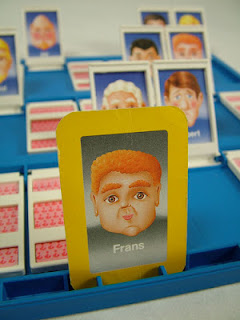I am frustratingly mathematical. Ask my wife. I see the world as a combination of, in the words of David Berlinski, absolutely elementary mathematics.(AEM). The path of a yo-yo, the tiles in the mall, and the trail of wetness after a bike rides through a puddle are all dissected with simple, mathematical phenomenon. The nice part about AEM is that I can talk about it to almost anyone. People are (vaguely) familiar with graphs, geometric patterns, and circles even if they can’t decipher what practical implications they have on their city block. Unfortunately, people (and students) don’t often want to hear about them–they need to see them.
I can remember the look on my mother’s face when I broke out the silverware to show her that the restaurant table corner was not square. Without a ruler, I showed her that trigonometry allows us to rely on ratio rather than set measurements. As I was in the midst of showing her that the 3-4-5 knife-length rule was breached, the waitress came. Mom was horrified; I was thrilled.

